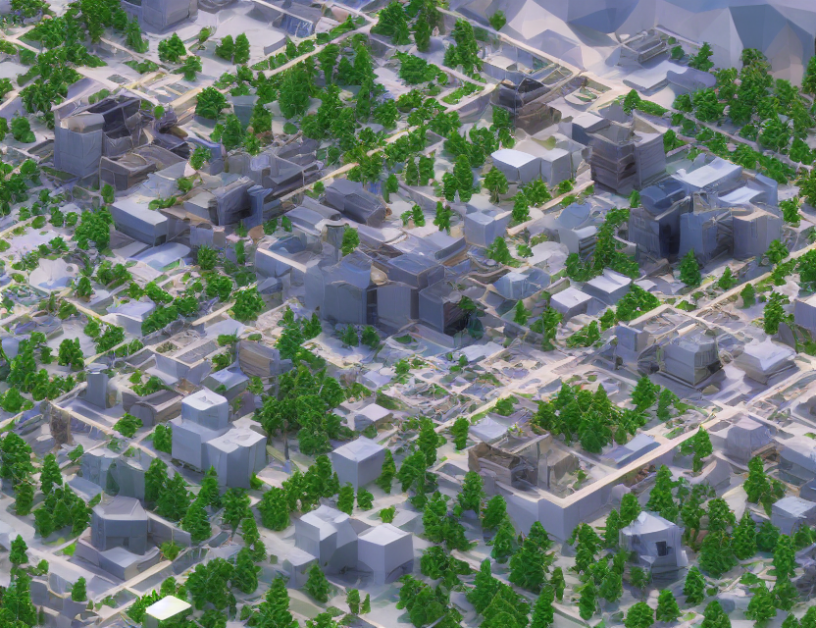The article discusses a novel approach to self-supervised learning (SSL) for molecular graphs, called "Graph Neural Network Fourier Transform" (GNNFourier3D). SSL is a technique that enables the training of machine learning models on unlabeled data, with the goal of acquiring meaningful and compressed representations.
The authors propose GNNFourier3D as an extension to the popular contrastive learning method, which generates positive and negative samples by applying data augmentation to the original molecular graph. However, this approach can be computationally expensive and may not capture the underlying structure of the data.
To address these limitations, GNNFourier3D leverages the Fourier transform to convert the graph into a 3D representation, allowing for efficient and effective sampling of the molecular space. This enables the use of powerful deep learning techniques, such as multi-head attention and MLPs, to learn a robust representation of the molecule that is invariant to bond permutation and graph structure.
The authors demonstrate the effectiveness of GNNFourier3D on several benchmark datasets, achieving state-of-the-art performance in node classification tasks. They also provide insight into the theoretical properties of their approach, showing that it can be seen as a generalization of classical Fourier analysis to molecular graphs.
In summary, GNNFourier3D is a powerful new approach to SSL for molecular graphs that leverages the Fourier transform to efficiently and effectively learn a robust representation of the molecule. By combining the strengths of contrastive learning with the efficiency of Fourier analysis, GNNFourier3D offers a promising solution for improving the accuracy of downstream tasks in chemistry and materials science.
Computer Science, Machine Learning
Uncovering Hidden Representations with Self-Supervised Learning



